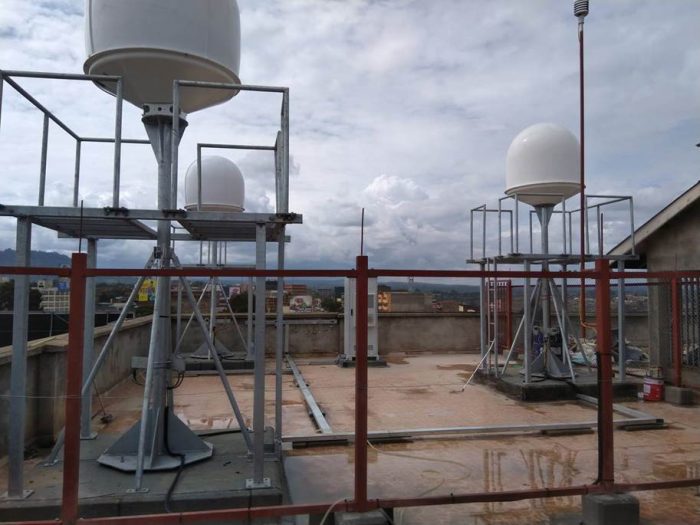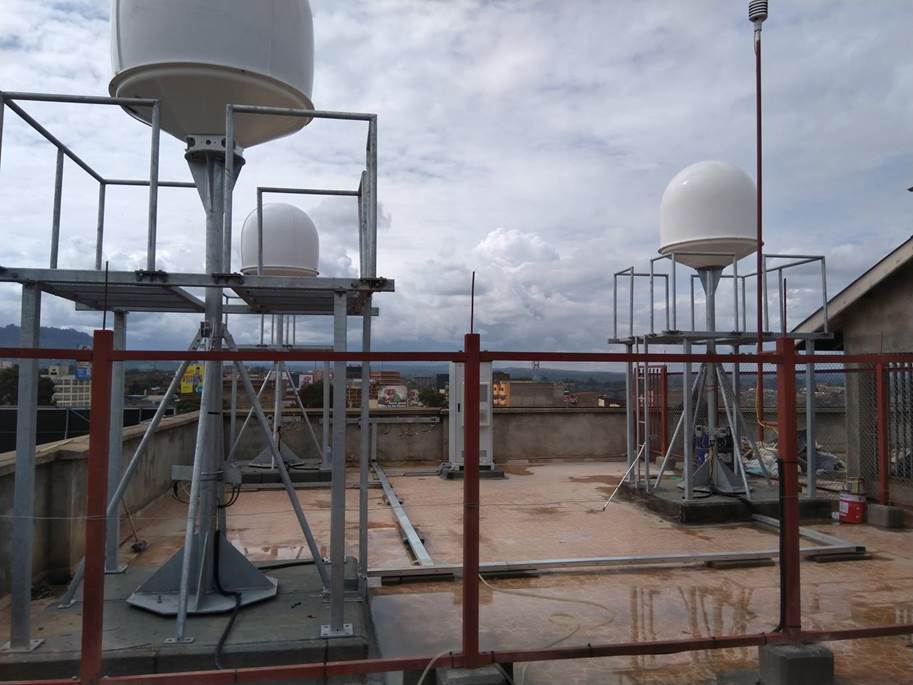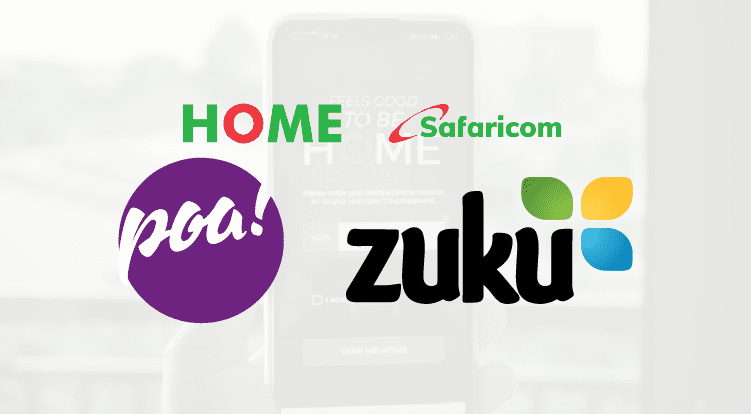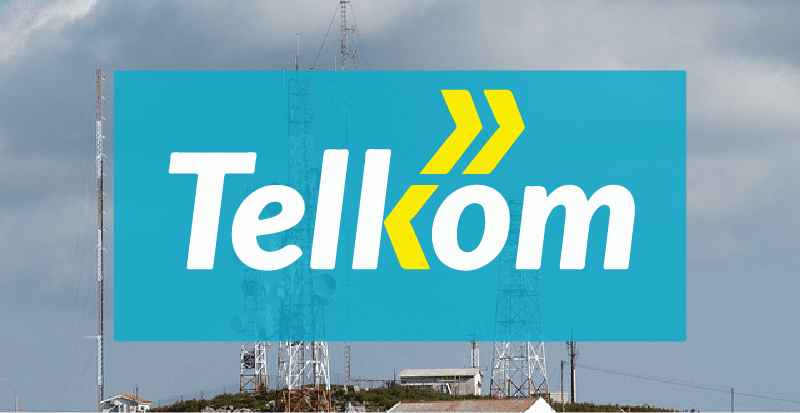
So far, the project is yet to go fully commercial. Loon, together with Telkom, of course, has been setting up base stations in key areas, and the newest entrant to the list is Nyeri. This development is said to bring deployment closer to launch. The same sites are available in Nairobi and Nakuru.
According to Loon, the base station in Nyeri will augment the testing process of Loon’s balloons. It is also worth noting that the testing process will start any time before June 2019.
The primary purpose of base stations is to support balloon access to an internet signal, and are located in areas that already have access to robust internet and data services. The signals are beamed from the station to a balloon 20 kilometres overhead. The signal is then transmitted across multiple other balloons over a long distance, which then extends coverage areas far away from the base station.
Loon says that its equipment uses clean energy (solar), hence it cuts the need to rely on power infrastructure and services in remote areas, which are unavailable in most cases. The use of solar power also saves on cost of operation.
The Communications Authority of Kenya approved Project Loon a couple of months ago. Loon is also working with other government bodies to obtain additional approvals before it goes live for the masses.





























